The Rise of Zero-Click Searches: How to Adapt Your SEO Strategy

In today’s digital landscape, many Google searches don’t result in users clicking through to a website. Instead, they find the information they need directly on the search engine results page (SERP) and move on.
These are known as zero-click searches, and they’re becoming increasingly prevalent. If you’re concerned about the impact of zero-click searches on your SEO efforts, you’re not alone.
In this article, we’ll peek into the world of zero-click searches, exploring the different types, the reasons behind their growth, and most importantly, how to optimize your SEO strategy to thrive in this new landscape.
Key Takeaways
- A zero-click search occurs when Google provides the information a user needs without requiring them to click through to a website from the search engine results page (SERP).
- The proliferation of Google search features that instantly answer millions of queries has led to a surge in zero-click searches.
- Within Google, several types of zero-click searches exist, including:
- AI Overviews: Providing users with a concise summary of a topic.
- Featured Snippets: Highlighting a relevant answer to a user’s query.
- Direct Answer Boxes: Displaying a straightforward answer to a user’s question.
- Knowledge Panels: Offering a comprehensive overview of a topic or entity.
- Local Packs: Showcasing local businesses and their information.
- People Also Ask: Suggesting related questions and answers.
- To optimize for zero-click searches, focus on:
- Improving the structure of your content to make it more easily digestible.
- Enhancing your E-E-A-T (Experience, Expertise, Authoritativeness, Trustworthiness) to increase credibility.
- Implementing schema markup to help Google understand your content.
- Optimizing for local SEO to increase visibility in local search results.
Table of Contents
- Key Takeaways
- Understanding Zero-Click Searches
- The Rise of Zero-Click Searches
- Understanding the Driving Forces Behind Zero-Click Searches
- The Role of Search Features in Zero-Click Searches
- The Rise of Alternative Platforms
- Unpacking the Types of Zero-Click Searches
- Top Strategies to Optimize Your Site in the Age of Zero-Click Searches
- Be Strategic with Your Keyword Selection
- Structure Your Content for Zero-Click Success
- Additional Content Optimization Strategies to Help You Master Zero-Click Search Results
- Maximize E-E-A-T to Increase Credibility
- Deploy Schema Markup When Possible
- Dominating Geographical Search Landscapes with Local SEO
- Data-Driven Search Optimization via Performance Tracking
- Holistic Channel Management (HCM)
- Frequently Asked Questions About Zero Click Searches
- Conclusion
The Anatomy of Zero-Click Searches: Understanding the Phenomenon
Zero-click searches are a type of search query where users receive a direct answer to their question without needing to click on a link on the search engine results page (SERP).
This phenomenon occurs when Google or another search engine concisely answers a user’s query, eliminating the need for further exploration.
You’ve likely encountered zero-click searches numerous times, whether you were searching for:
- The current weather in a specific location, such as San Diego:
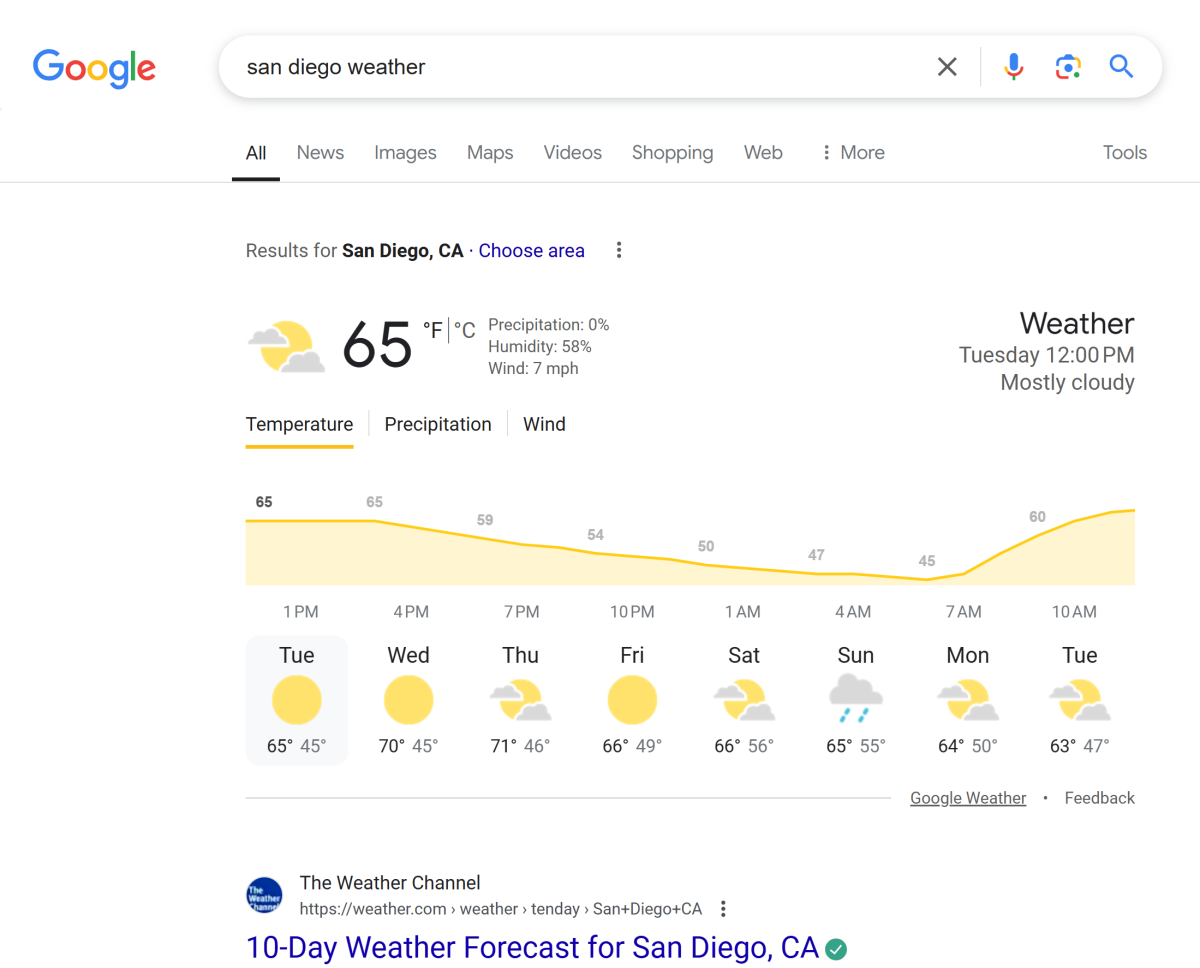
- The lyrics of a song, like Wetin Man Go Do:
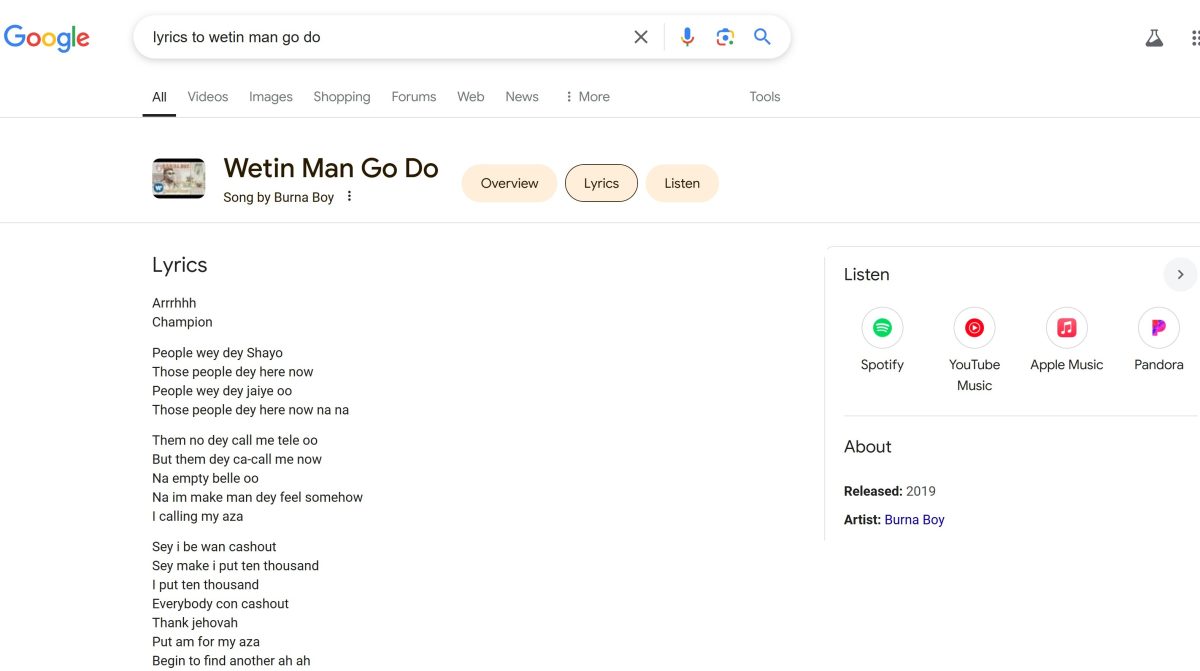
Google’s ability to provide direct answers is made possible by its vast network of third-party sources, which supply the necessary data to fuel these instant responses.
While zero-click searches offer a seamless user experience, they can have a significant impact on websites and online businesses.
The Dark Side of Zero-Click Searches
For websites, zero-click searches can be a double-edged sword. On one hand, being featured prominently at the top of SERPs can be a great branding opportunity. However, the lack of click-through traffic means:
- Reduced advertising revenue
- Fewer opportunities for conversion and sales
- Limited ability to build relationships with potential customers
The Alarming Rise of Zero-Click Searches
The trend of zero-click searches is on the rise, reflecting users’ growing preference for instant answers and their increasing reliance on social media and AI tools to supplement traditional search engines.
Our analysis of 2021 data revealed that a staggering 62.41% of searches resulted in zero clicks, up from 54.11% in 2017.
This shift in user behavior raises important questions about the future of search and the implications for online businesses. As we delve deeper into the world of zero-click searches, it’s essential to understand the underlying factors driving this trend and explore strategies for adapting to this new reality.
Understanding the Driving Forces Behind Zero-Click Searches
The proliferation of zero-click searches is a phenomenon that’s been extensively studied and documented. A notable analysis by Rand Fishkin, co-founder of SparkToro, utilized Datos’s clickstream funnel to examine search behavior in the U.S. and Europe. The findings were striking:
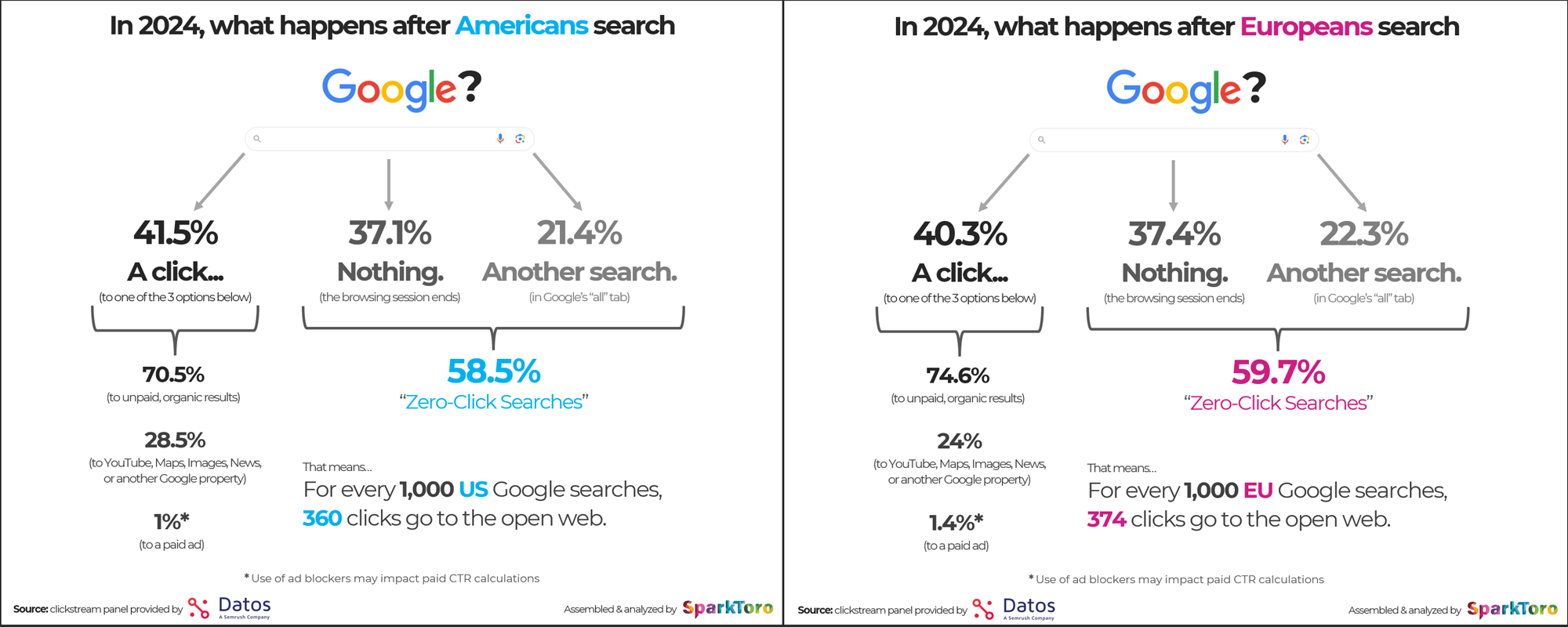
So, what’s behind this trend? The answer lies in the evolution of search features and the changing behavior of consumers.
The Role of Search Features in Zero-Click Searches
Google’s introduction of AI-powered search features, such as AI Overviews and featured snippets, has significantly contributed to the rise of zero-click searches. These features provide users with instant answers, eliminating the need to click through to a website.
However, it’s not just search features that are driving the decline in clicks. Google’s strategy of sending traffic to its products, such as YouTube and Google Flights, is also a contributing factor.
The Rise of Alternative Platforms
Websites are no longer the only destination for consumers seeking information. The proliferation of alternative platforms has led to a shift in user behavior, with many people turning to:
- Social media: Platforms like TikTok and X (formerly Twitter) have become trusted sources of news and information.
- AI tools: The emergence of AI-powered search engines, such as Perplexity and ChatGPT, is changing the way people search for information.
- YouTube: As the second-largest search engine in the world, YouTube is a significant player in the search landscape.
- Amazon: For product-related searches, Amazon is often the first port of call.
While the rise of zero-click searches and alternative platforms is beneficial for consumers, it presents a challenge for brands seeking to drive organic traffic to their websites. In the next section, we’ll explore the Google search features that are costing you clicks and discuss strategies for adapting to this new reality.
Unpacking the Types of Zero-Click Searches: Understanding the Features Behind the Phenomenon
Several Search Engine Results Page (SERP) features contribute to the rise of zero-click searches. In this section, we’ll delve into the specifics of each feature, exploring how they impact user behavior and website traffic.
AI Overviews: The Summarized Answer
AI Overviews are generative AI summaries that appear at the top of search results for information-based queries. These summaries are created by Google’s Gemini, a large language model that aggregates information from multiple sources.
Here’s an example of an AI Overview result:
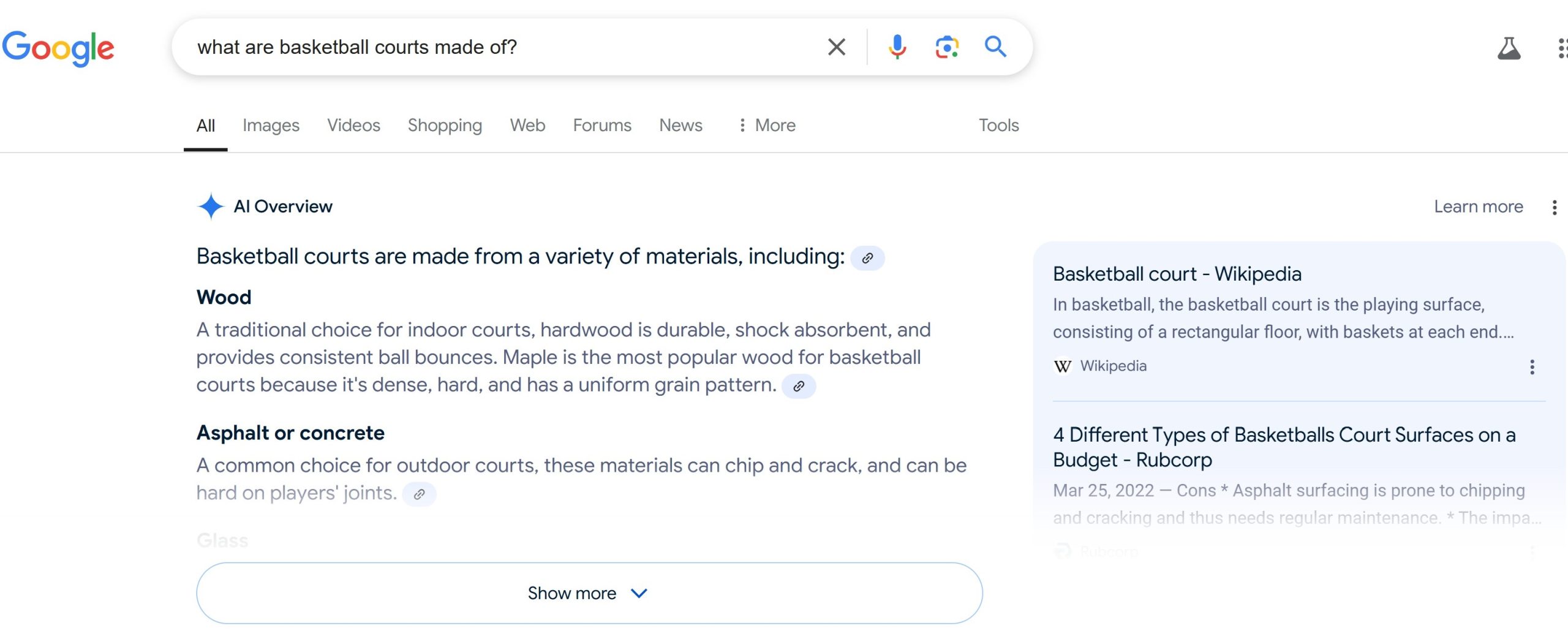
Notably, AI Overviews include clickable citations, allowing users to access the original sources. This feature provides users with a quick and easy way to find answers, often eliminating the need to click through to a website.
Featured Snippets: The Answer in a Nutshell
Featured Snippets are blocks of text that appear at the top of the results page, providing a succinct answer to the user’s query. These snippets are extracted verbatim from the source, which is listed below the result, along with a clickable link.
Here’s an example of a Featured Snippet result:
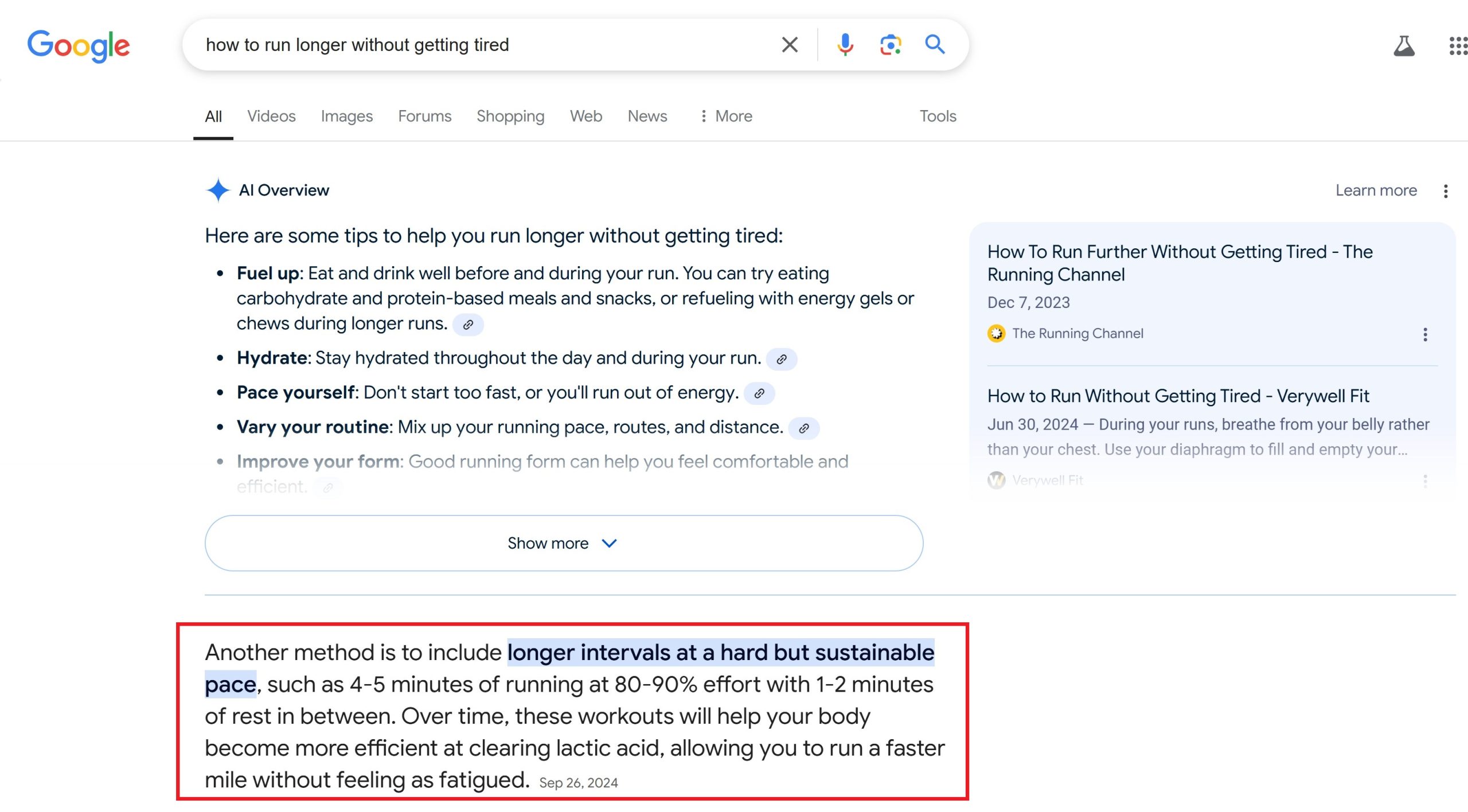
Featured Snippets are designed to provide users with a quick and easy answer, often reducing the need to click through to a website.
Direct Answer Box: The Simple Answer
Direct Answer Boxes are simplified versions of Featured Snippets, providing short answers to straightforward questions. These boxes contain concise answers, often eliminating the need for users to seek additional information.
Here’s an example of a Direct Answer Box result:
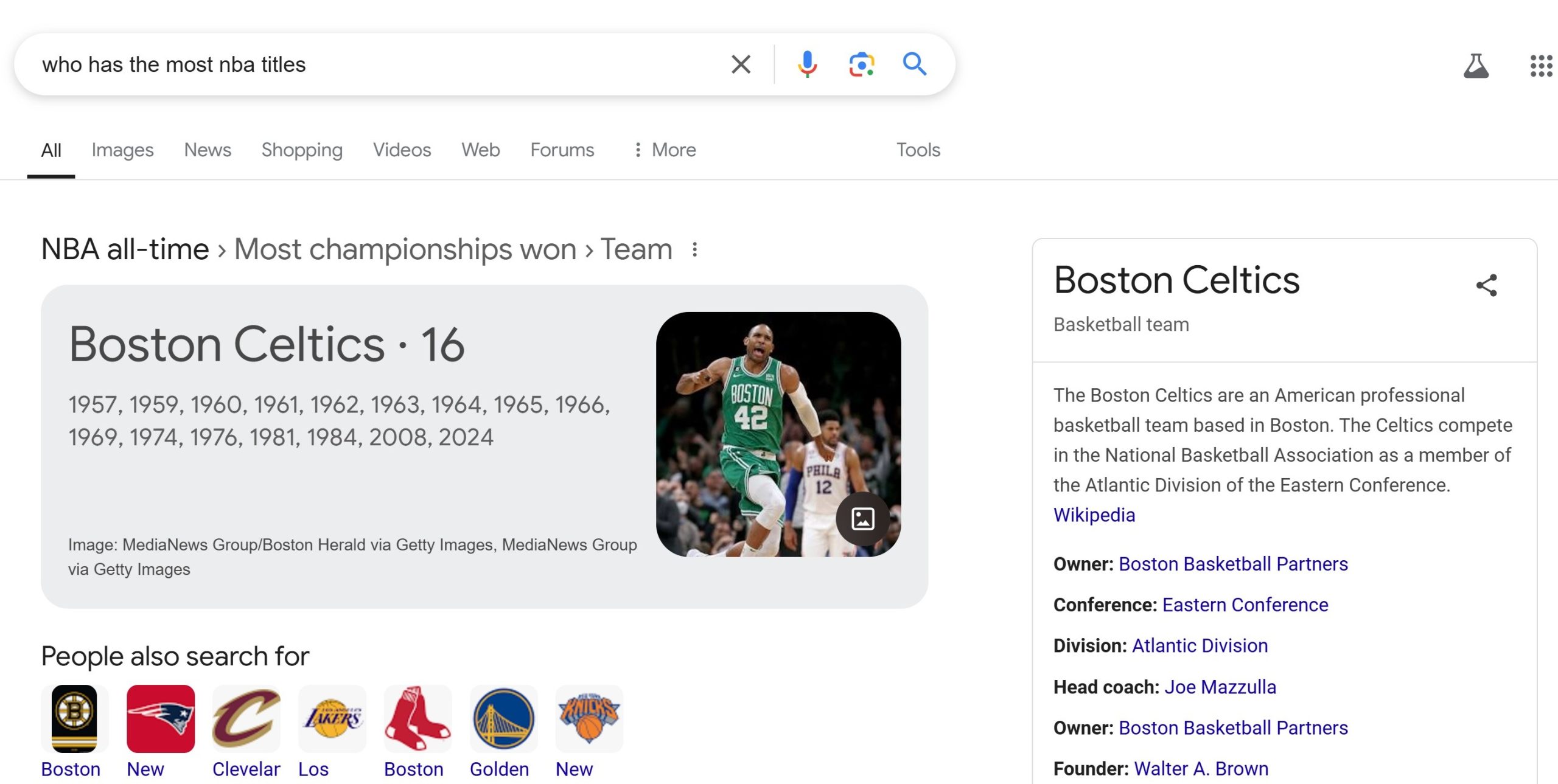
Direct Answer Boxes are a significant contributor to zero-click searches, as users often find the answer they need without needing to click through to a website.
Knowledge Panels: The Information Box
Knowledge Panels are the information boxes that appear on the right-hand side of the SERP when you search for a person, brand, or place. These panels provide a concise overview of the entity, including basic information like birthday, height, and occupation.
Here’s an example of a Knowledge Panel for the NBA team the Boston Celtics:
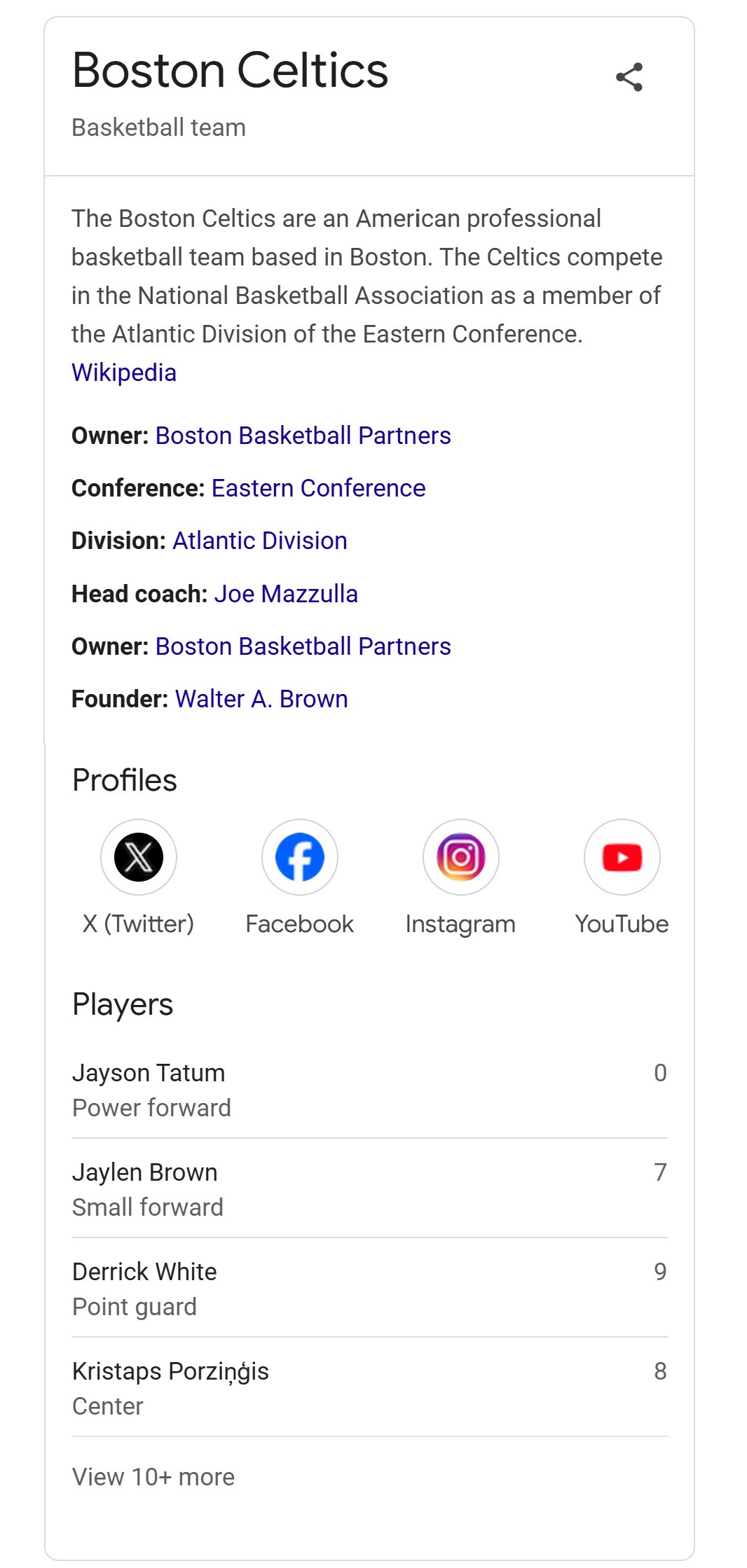
While Knowledge Panels can be a valuable resource for users, they can also lead to zero-click searches if the user finds the information they need without needing to click through to a website.
Local Packs: The Map-Based Feature
Local Packs, also known as Map Packs, are a local SEO feature that shows a list of nearby businesses and an interactive map. This feature is designed to help users find local businesses and services.
Here’s an example of a Local Pack result:
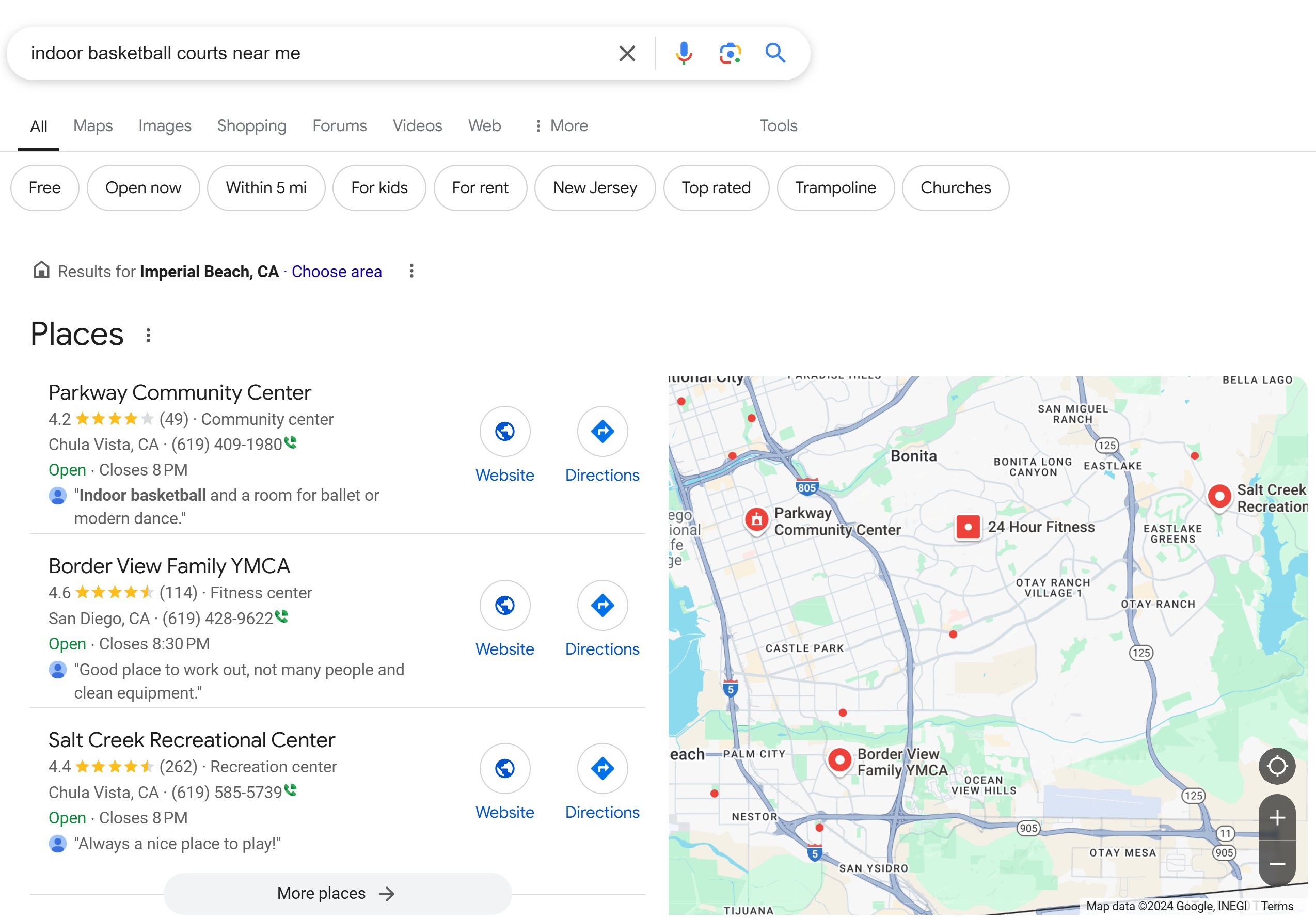
While Local Packs can drive traffic to local businesses, they can also lead to zero-click searches if the user finds the information they need without needing to click through to a website.
People Also Ask: The Related Questions Feature
People Also Ask is a feature that shows a list of questions related to the user’s query. This feature is designed to help users find more information on a topic and provide a deeper understanding of the subject matter.
Here’s an example of a People Also Ask result:
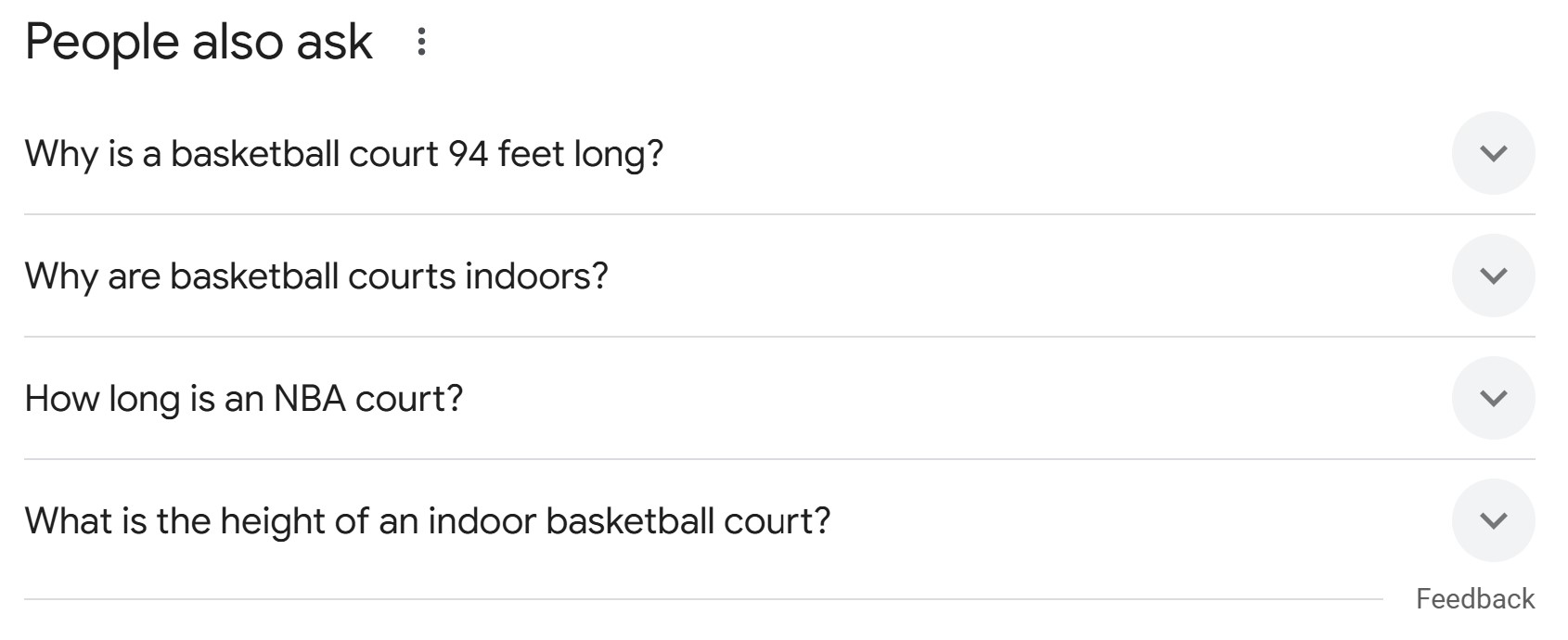
By clicking on these questions, users can find answers and generate more related questions, often without needing to click through to a website.
Top Strategies to Optimize Your Site in the Age of Zero-Click Searches
While it’s impossible to prevent Google from serving up zero-click results, you can adapt your SEO strategy to maximize the clicks available. Here are six strategies to help you optimize your site in the age of zero-click searches:
Be Strategic with Your Keyword Selection
Not all zero-click searches are created equal. Some, like featured snippets and map packs, can be great for raising brand awareness. Others, like AI Overviews and direct answer boxes, may not be as effective.
To make the most of your keyword strategy, use tools like SEMRush, Backlinko, Moz’s Keyword Explorer, or Ahrefs to quickly identify the best keywords to target.
These tools will help you create high-quality content that beats the incumbent, and over time, get you to the very top of the organic search results, increasing your visibility and credibility.
By being smart with your keyword strategy, you can identify opportunities to target keywords that are more likely to drive clicks to your site and conversions.




Structure Your Content for Zero-Click Success
-
Use the Active Voice
Using the active voice makes your content more engaging and easier to read. It can also help Google understand the context and intent of your content, making it more likely to be used in zero-click searches.
-
Lower Your Content’s Reading Comprehension
Using simpler language and shorter sentences can make your content more accessible to a wider audience. This can also help Google understand your content more easily, increasing the chances of it being used in zero-click searches.
-
Use Short Sentences and Paragraphs
Breaking up your content into shorter sentences and paragraphs can make it easier to read and understand. This can also help Google identify the most important information in your content, making it more likely to be used in zero-click searches.

-
Add Headings and Subheadings
Using headings and subheadings can help organize your content and make it easier to read. This can also help Google understand the structure and hierarchy of your content, increasing the chances of it being used in zero-click searches.
-
Break Up Content with Bullet Points and Lists
Using bullet points and lists can make your content more scannable and easier to read. This can also help Google identify the most important information in your content, making it more likely to be used in zero-click searches.
-
Answer as Many Questions as Possible
Answering as many questions as possible in your content can increase the chances of being referenced in featured snippets and people also ask sections. This can also help establish your brand as an authority in your industry, increasing trust and credibility with your audience.
By structuring your content correctly, you can increase the likelihood of Google using your content in zero-click searches. This can help drive more traffic to your site and improve your online visibility.

Additional Content Optimization Strategies to Help You Master Zero-Click Search Results
Capturing Google’s featured snippets and zero-click search results requires strategic content structuring. By implementing precise formatting and targeting user intent, you can significantly increase your chances of becoming a primary information source in search results.
Key Optimization Techniques:
- Question-Driven Content Architecture Anticipate and directly answer user queries by:
- Leveraging tools like Ubersuggest and AnswerThePublic to identify precise user questions
- Structuring content around comprehensive, concise question-and-answer formats
- Creating dedicated Q&A sections that align with search intent
- Strategic Formatting for Visibility Optimize your content’s readability and search engine appeal:
- Utilize active voice for clarity and directness
- Craft short, punchy sentences (aim for 15-20 words maximum)
- Create clear, descriptive headings and subheadings
- Use bullet points and numbered lists to break down complex information
- Maintain a conversational yet professional reading level (target 7-9 grade reading comprehension)
- Featured Snippet Targeting Increase your likelihood of featured snippet selection:
- Start sections with direct, definitive answers
- Use header tags (H2, H3) to create a logical content hierarchy
- Include clear definitions, step-by-step instructions, and concise explanations
- Implement schema markup to enhance search engine understanding
- Content Depth and User Intent Go beyond surface-level information:
- Comprehensively address user questions
- Provide unique insights and actionable information
- Use data, examples, and expert perspectives to add credibility
- Ensure content thoroughly explores topic nuances

Pro Tip: Regularly audit your content using Google Search Console to track featured snippet performance and refine your approach.
The goal is not just to rank, but to become the definitive source of information for your target audience’s queries.
Maximize E-E-A-T to Increase Credibility
Expertise, Experience, Authoritativeness, and Trustworthiness (E-E-A-T) are critical signals that transform your content from mere information to a trusted resource. Strategic E-E-A-T optimization goes beyond surface-level tactics:
Credibility Enhancement Strategies:
- Craft a comprehensive, narrative-driven “About” page that showcases your team’s unique expertise
- Implement expert collaborations through:
- Guest contributions from industry thought leaders
- Co-authored content with recognized professionals
- Expert interviews and insights
- Develop a consistent content refresh strategy
- Quarterly content audits
- Update statistical data and references
- Incorporate the latest industry developments
- Strategic link-building focused on quality over quantity
- Seek authoritative, relevant backlinks
- Engage in meaningful industry discussions
- Create link-worthy, original research content
Deploy Schema Markup When Possible
Schema markup is your direct communication channel with search engines, transforming complex content into easily digestible information:
Key Schema Markup Types to Implement:
- Product Schema: Enable rich product displays
-
Key elements of a product schema markup in search results:
- Product name: The title of the product.
- Price: The current price of the product.
- Star rating: A visual star rating based on customer reviews.
- Availability: Indication of whether the product is in stock or out of stock.
- Image: Sometimes a product image is displayed directly in the search result
-

- Review Schema: Showcase social proof
- Key elements of a product schema markup in search results:
- Reviewer: The person or organization that wrote the review.
- Review Body: The full written text of the review.
- Rating: The numerical score assigned to the item being reviewed, usually on a scale of 1 to 5.
- Aggregate Rating: The average rating across multiple reviews.
- Rating Count: The total number of reviews considered for the aggregate rating.
- Item Reviewed: Details about the product, service, or entity being reviewed.
- Key elements of a product schema markup in search results:
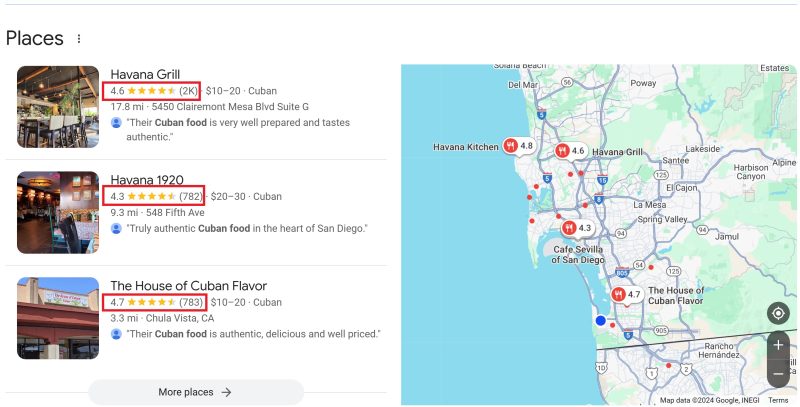
- Organization Schema: Establish corporate credibility
-
- Key elements of a product schema markup in search results:
-
-
- Organization Name: The official name of the company.
- Alternative Name (Brand Name): If the company operates under a different well-known name.
- Logo Image URL: A link to the company’s official logo image.
- Website URL: The primary website address of the organization.
- Contact Details: Phone number, email address, physical address.
- Social Media Profiles: Links to the company’s official social media pages on platforms like Facebook, Twitter, and LinkedIn.
-
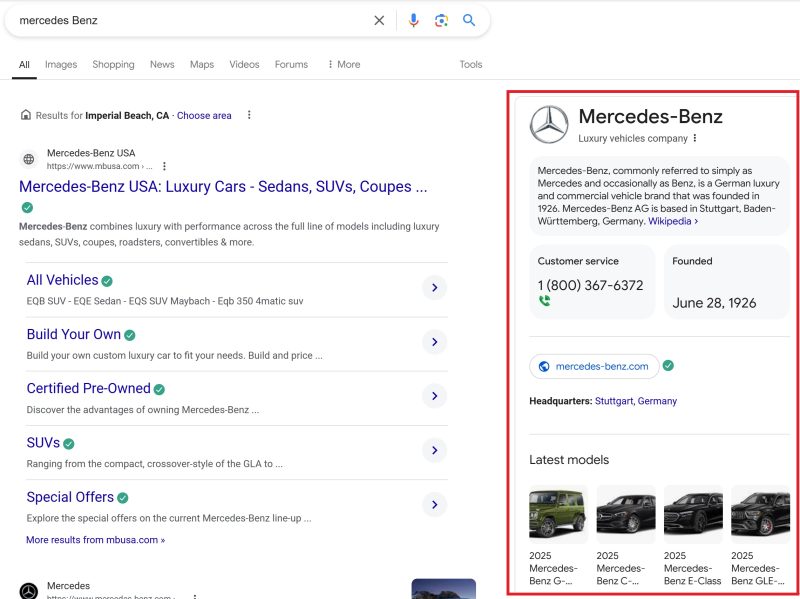
- Local Business Schema: Enhance local search visibility
-
Key elements of a product schema markup in search results:
- Basic Information:
- Business Name
- Street Address
- Phone Number
- Operational Details:
- Opening Hours
- Service Area
- Business Category:
- Type of Business
- Customer Feedback:
- Reviews
- Rating
- Optional Information:
- Price Range
- Logo
- Geo Coordinates
- Basic Information:
-
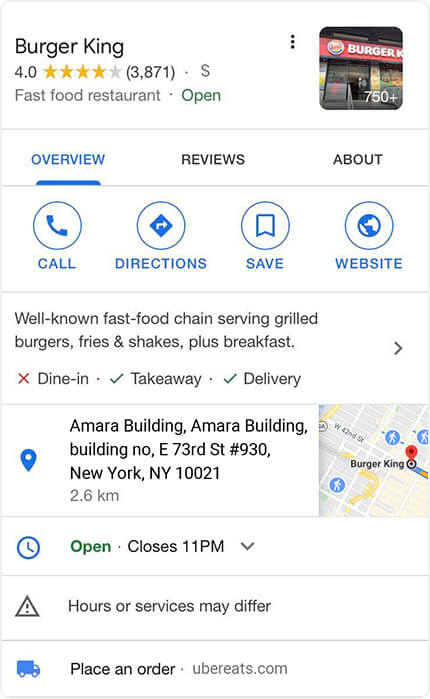
Pro Tip: Use Google’s Structured Data Testing Tool to validate your markup and ensure optimal interpretation.
Dominating Geographical Search Landscapes with Local SEO
Hyperlocal Optimization Tactics:
- Google Business Profile Mastery:
- Complete every profile section
- Add high-quality, regular photo updates
- Encourage and respond to customer reviews
- Review Acquisition Strategy:
- Implement streamlined review request processes
- Create multiple review submission channels
- Respond professionally to all feedback
- Citation Building:
- Ensure NAP (Name, Address, Phone) consistency across platforms
- Leverage local business directories
- Develop local partnership networks
Data-Driven Search Optimization via Performance Tracking
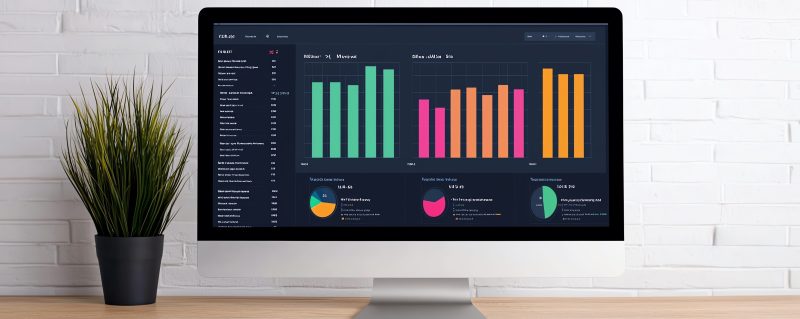
Monitoring Tools and Strategies:
- Utilize advanced rank tracking platforms like:
|
Overall functionality |
Advanced tools, including in-browser SEO element editing |
From $129.95/month; 7-day free trial |
|
| SEO Tester Online |
An all-in-one SEO suite |
Multiple tools for analyzing and optimizing on-page SEO |
From €26/month for personal plans; 7-day free trial |
| Ahrefs |
Keyword analysis |
Easily identifies parent keywords for top-ranking links within a domain |
From $99/month; website owners can get limited free access to Webmaster Tools |
| Nozzle |
Data visualization |
Customizable reporting widgets |
From $59/month; 14-day free trial |
| Advanced Web Ranking |
Reporting |
White-label reporting |
From $99/month; 30-day free trial |
| Moz Pro |
Integrations |
Multiple ready-made integrations |
From $99/month; 30-day free trial |
| Rank Tracker |
High-volume keyword tracking |
Unlimited keyword tracking |
Starts at a free tier; from $149/year |
| Mangools |
Low-volume keyword tracking |
Simple, intuitive tool suite for the price |
From $29/month; has free SEO tools |
| Keyword.com |
Free keyword analysis |
Free branded reporting |
Starts at a free tier; paid tiers have 14-day free trials |
- Create comprehensive keyword tracking projects
- Analyze performance indicators:
- Ranking trajectory (increasing/decreasing)
- Zero-click result appearances
- Featured snippet acquisitions
Performance Interpretation Framework:
- Green indicators: Celebrate and document successful strategies
- Red indicators: Conduct detailed content and SEO audits
- Continuous improvement mindset
Zero-click optimization is an ongoing process of refinement, not a one-time implementation. By integrating these sophisticated strategies, you’ll transform your digital content from passive information to an active, authoritative search result magnet.
Holistic Channel Management (HCM)

In an increasingly fragmented digital landscape, visibility is no longer about dominating a single platform—it’s about strategic omnipresence. Our HCM strategy emphasizes the idea of managing your channels holistically, considering the entire ecosystem and how each channel interacts with the others.
The Multiplatform Imperative The digital consumer journey has fundamentally transformed. Users now discover content through:
- Traditional search engines
- Social media platforms
- AI-powered assistants
- Specialized vertical search engines
- Emerging discovery channels
Key Insight: Your audience is everywhere. Your content strategy must be equally ubiquitous.
Comprehensive Optimization Frameworks
Traditional Search Optimization
- Implement advanced SEO techniques
- Create comprehensive, authoritative content
- Optimize for multiple search intent types
- Develop robust technical SEO infrastructure
Social Media Discoverability
- Platform-specific content optimization
- Create native, shareable content formats
- Leverage algorithmic content distribution
- Develop cross-platform content strategies
- LinkedIn: Professional, long-form insights
- TikTok: Bite-sized, engaging narratives
- Instagram: Visual storytelling
- X (Twitter): Real-time engagement

AI and Emerging Platform Strategies
- Develop AI-friendly content structures
- Create concise, authoritative summaries
- Implement clear, direct language
- Optimize for conversational search queries
- Ensure content is easily extractable by AI models
E-Commerce and Shopping Channels
- Optimize product descriptions
- Implement comprehensive schema markup
- Create rich, detailed product narratives
- Develop cross-platform shopping experiences
Niche and Underdog Channel Optimization
- Identify emerging platforms
- Experiment with novel content distribution
- Build a presence in specialized communities
- Leverage long-tail discovery opportunities
Strategic Considerations

Philosophical Approach: “Be water, my friend” – Bruce Lee
Your content should be:
- Adaptable
- Fluid
- Capable of taking the shape of any container
- Consistent in core messaging
- Flexible in presentation
Measurement and Evolution
Performance Tracking Metrics:
- Cross-platform visibility
- Engagement rates
- Brand mention frequency
- Traffic diversification
- Referral source analysis
Expert Perspective “Search Everywhere Optimization isn’t just a strategy—it’s a mindset,” says Nikki Brandemarte, Sr. SEO Strategist at NP Digital. “It’s about creating a digital ecosystem where your brand doesn’t just exist, but thrives across multiple touchpoints.”
Implementation Roadmap

- Audit current digital footprint
- Identify optimization opportunities
- Develop platform-specific content strategies
- Create adaptable content assets
- Implement continuous monitoring
- Iterate and refine
Critical Takeaway: In the era of distributed search, your goal is not to predict where users will search, but to ensure your brand is discoverable wherever that search occurs.
The future of digital visibility is not about choosing platforms—it’s about mastering them all.
Frequently Asked Questions
Yes, you can still rank for keywords in a zero-click search world. However, the way you approach keyword optimization may need to change. Focus on creating high-quality, informative content that answers users’ questions directly, and use long-tail keywords and phrases to increase your chances of ranking.
To optimize your content for zero-click searches, focus on creating high-quality, informative, and concise content that answers users’ questions directly. Use structured data and schema markup to help search engines understand the context and relevance of your content. Additionally, ensure that your content is optimized for voice search and mobile devices.
To optimize for zero-click searches, focus on the following strategies:
- Local SEO optimization: Ensure that your website is optimized for local search by including your business’s name, address, and phone number (NAP) consistently across the web, and creating content that’s relevant to your local audience.
- Keyword targeting: Carefully target keywords and phrases that are relevant to your business and audience, and use them strategically throughout your content.
- Content structuring: Structure your content to provide clear, concise answers to common questions, and use header tags (H1, H2, H3, etc.) to make it easy for users and search engines to understand.
- Common question answering: Identify common questions related to your business and answer them directly in your content, using a conversational tone and natural language.
- Schema markup: Add schema markup to your website to help search engines understand the context and relevance of your content, and increase your chances of appearing in featured snippets and other zero-click search features.
Google’s primary goal is to provide users with the best possible experience. Displaying concise answers at the top of SERPs is a key aspect of this strategy. While it may seem unfair to website owners, Google often links to the original source of the information, allowing users to click through for more details. This means that website owners can still benefit from zero-click searches by optimizing their content for featured snippets and other zero-click search features.
Zero-click searches occur when Google provides users with a direct answer to their query in the search results, eliminating the need to click on a website. This can significantly impact online visibility, as users may not visit your website even if you’re ranking high on the search engine results page (SERP).
Zero-click searches can significantly reduce website traffic and engagement, as users can find the information they need directly on the search engine results page (SERP). However, this also presents an opportunity for businesses to optimize their content for featured snippets and other zero-click search features, increasing their online visibility and credibility.
Conclusion
Zero-click searches aren’t going anywhere. Google is doing a better and better job of answering user queries without the user needing to click on another site, which can mean losing traffic in the short term. It’s not all doom and gloom though.
Tweaking your SEO strategy gives your site a better chance of getting cited in some of these zero-click results, reclaiming some of that lost traffic. In addition, optimizing for search everywhere helps you get more traffic by showing up in results for search platforms not directly tied to Google.
So increase your E-E-A-T to show up in AI results, optimize your content for question-related keywords, and use structured data to improve your product listings on e-commerce platforms. If you need help, book a call with my agency today.
Follow us
Latest articles
October 7, 2025
October 7, 2025
October 7, 2025
About the author:
Anton Siler
Digital Marketing Expert & Founder of Urbane Digital
Anton is a highly respected SEO specialist and digital marketing mentor who has helped business owners around the world prosper for over a decade.
Dubbed the ‘Digital Don Draper’ and ‘THE expert behind the experts,’ Anton has an impressive client roster, including marketing guru Neil Patel.
With a feature on NPR and a reputation for delivering results, Anton is the go-to expert for cutting-edge digital marketing insights and strategies.
Share this article
Written by : UrbDig_User
Follow us
Latest articles
October 7, 2025
October 7, 2025
October 7, 2025





